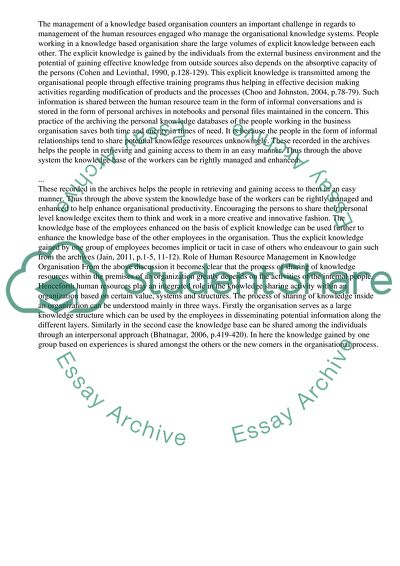Cite this document
(“Cycle of Knowledge Management Assignment Example | Topics and Well Written Essays - 3000 words”, n.d.)
Retrieved de https://studentshare.org/management/1392198-knowledge-management
Retrieved de https://studentshare.org/management/1392198-knowledge-management
(Cycle of Knowledge Management Assignment Example | Topics and Well Written Essays - 3000 Words)
https://studentshare.org/management/1392198-knowledge-management.
https://studentshare.org/management/1392198-knowledge-management.
“Cycle of Knowledge Management Assignment Example | Topics and Well Written Essays - 3000 Words”, n.d. https://studentshare.org/management/1392198-knowledge-management.


